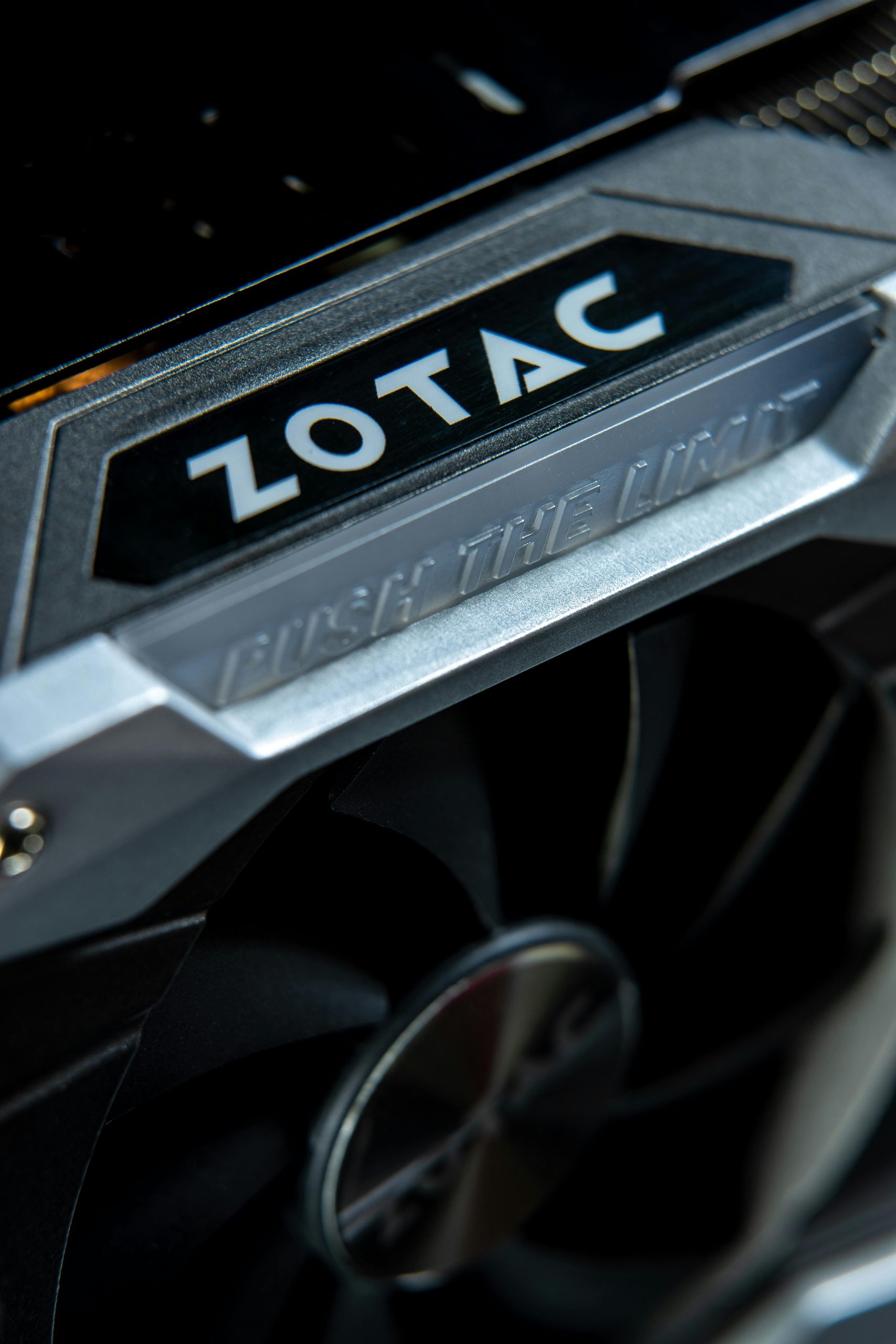Troubleshooting Hypervisor Errors and Unexpected Shutdowns in Custom-Built PCs: A Comprehensive Guide
Building your own PC can be an exhilarating yet challenging experience. The excitement of assembling components and creating a system tailor-made for your needs often comes with the stress of resolving unexpected issues. One common problem faced by PC builders is the dreaded Blue Screen of Death (BSOD), often accompanied by perplexing shutdowns. In this blog post, we dive deep into the issue one Reddit user experienced with their custom-built PC, where a hypervisor error BSOD followed by an unexpected shutdown with an orange light indicated potential RAM issues. Here, we strive to provide a fully detailed account of potential causes, solutions, and insights for anyone facing similar challenges.
Understanding the Setup
Before delving into troubleshooting, let’s get acquainted with the specifications of the custom-built PC:
- CPU: AMD Ryzen 9 7900X
- Cooler: Lian Li Galahad II SL Infinity 360
- Motherboard: Asus ROG Strix B650E-F Gaming WiFi
- RAM: 32GB 6400MHz Corsair Vengeance RGB DDR5
- Graphics Card: Asus TUF Gaming Nvidia GeForce RTX 4070 Super
- Storage: WD Black SN850X 1TB
- Power Supply: Corsair RM1000E
- Case: Lian Li O11 Vision
- Fans: Lian Li UniFan SL Infinity 120MM fans x 7 plus the 3 that came with the cooler
Now, let’s break down the issues and explore potential solutions.
Hypervisor Error BSOD: Causes and Fixes
What is a Hypervisor?
A hypervisor, or virtual machine monitor, is a software layer that allows multiple operating systems to run on a single hardware host. It allocates physical host resources to virtual machines (VMs) and is pivotal for virtualization. However, hypervisor errors can often lead to BSODs, disrupting workflows and potentially pointing to underlying hardware or software issues.
Common Causes of Hypervisor Errors
- BIOS and Firmware Settings: Improper BIOS settings can trigger hypervisor errors. Settings related to virtualization, memory, and CPU configuration need to be correctly set to avoid conflicts.
- Driver Issues: Outdated or corrupt drivers, particularly for critical components like the motherboard and CPU, can cause instability.
- Incompatible or Faulty Hardware: Components such as RAM or the motherboard itself could be incompatible with the hypervisor’s requirements.
- Overclocking and Memory Settings: Overclocking beyond stable limits or incorrect XMP (Extreme Memory Profile) settings can destabilize your system.
- Software Conflicts: Conflicts with virtual machine software, such as VMware or Hyper-V, can result in BSODs.
Troubleshooting Steps
Step 1: Update BIOS and Firmware
- Check for Updates: Visit the motherboard manufacturer’s website and download the latest BIOS firmware. Follow the provided instructions for installation.
- Reset BIOS to Defaults: If updating doesn’t help, consider resetting BIOS settings to default to rule out misconfigurations.
Step 2: Ensure Correct Driver Installation
- Update Drivers: Use reliable software like AMD Radeon Software or Asus Armoury Crate to ensure all drivers are up to date.
- Check for Corrupt Drivers: Use device manager or driver update utilities to identify and replace corrupt drivers.
Step 3: Test and Validate RAM
- Check RAM Installation: Ensure RAM sticks are properly seated in the memory slots. Use the correct slots recommended in the motherboard manual for optimal performance.
- Run Memory Diagnostics: Utilize tools like Windows Memory Diagnostic or MemTest86 to check for RAM errors and address potential issues.
Step 4: Review Software Interference
- Disable Conflicting Software: Temporarily disable or uninstall any virtual machine software to determine if it’s causing the issue.
- Reinstall Windows: As a final measure, perform a clean installation of Windows to fix deep-seated software conflicts or corruptions.
Unexpected Shutdowns and Orange Light: Delving Deeper
Overview of RAM and Power Supply Issues
The orange light indicating a RAM issue can lead to deeper investigation into memory and power supply configurations. Understanding both elements can be key to resolving unexpected shutdowns.
Ensuring Proper Power Supply and Cooling
- Adequate Power Supply: The Corsair RM1000E provides ample power, but confirm power connections to the motherboard and graphic card are secure and firmly attached.
- Efficient Cooling: Proper cooling is crucial for stable operation. Check the installation of the Lian Li Galahad II cooler and ensure all fans are operational and correctly oriented for optimal airflow.
RAM Compatibility and Stability
- Check RAM Compatibility: Refer to the motherboard’s QVL (Qualified Vendor List) to verify RAM compatibility.
- Test Alternative RAM Configurations: If swapping RAM sticks, try using just one stick at a time in different slots to pinpoint faulty hardware.
Real-Life Examples and Community Insights
Drawing from the PC-building community, many users report similar symptoms with high-performance systems, often resolving issues through meticulous troubleshooting. One interesting case from a tech forum illustrates how simply resetting a loose cable resolved persistent BSODs, reinforcing the importance of double-checking connections.
Additionally, users have found success in addressing similar issues by slightly underclocking RAM, improving stability without impacting performance noticeably.
Conclusion: Perseverance Pays Off
Building a custom PC is not just about assembling parts but also about navigating potential challenges with patience and tenacity. The journey from encountering a hypervisor error BSOD to achieving a stable and responsive machine can be long, but each problem solved adds to your expertise.
For anyone facing similar hurdles, remember that community resources, forums, and expert guides like this one can provide invaluable support and insights. If the issue persists despite all troubleshooting efforts, consulting with professionals or considering warranty claims may be necessary.
In the vast and sometimes daunting world of PC building, remember you are not alone. With each blue screen conquered, you are one step closer to mastering your craft. Happy building!
Share this content:




Thank you for providing such a detailed overview of your issue. Based on what you’ve described, here are some additional troubleshooting steps and recommendations that may help resolve your hypervisor BSOD and unexpected shutdowns:
DISM /Online /Disable-Feature:Microsoft-Hyper-Vin an elevated Command Prompt.